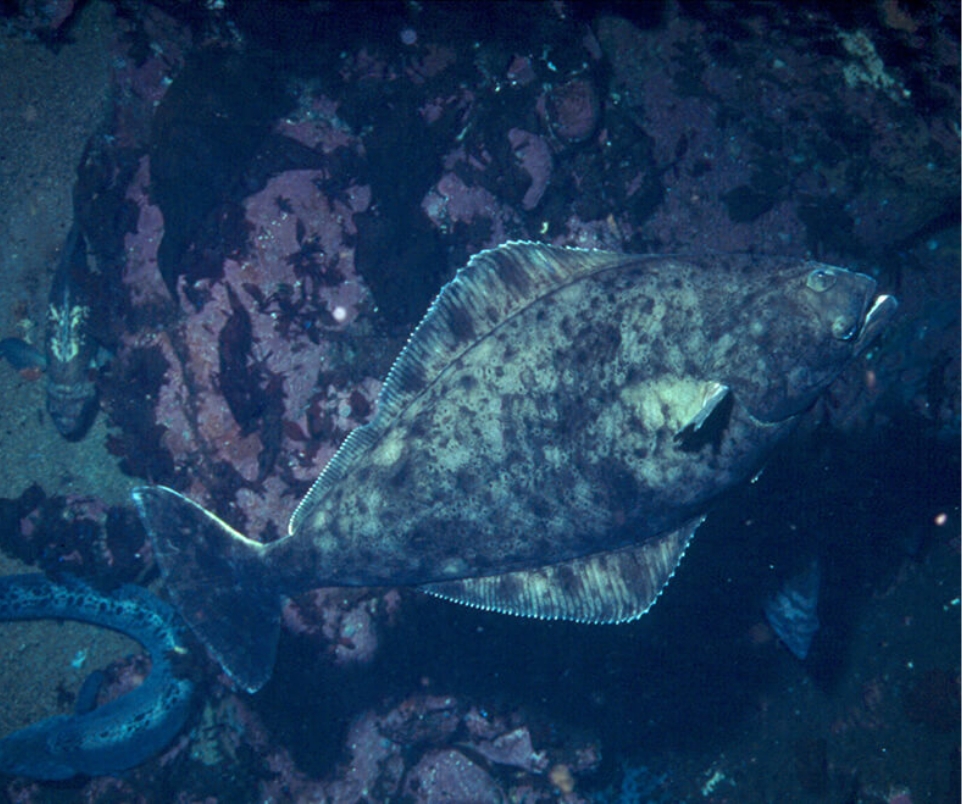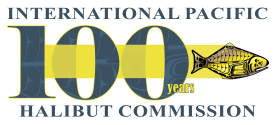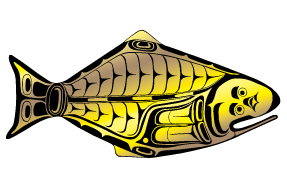Homepage
Providing research & stock management of Pacific halibut within Canada and the U.S.A.
Latest News
Subscribe for IPHC Latest News
Upcoming Meetings
19th Session of the IPHC Management Strategy Advisory Board (MSAB019)
- 1-3 May 2024
- Seattle, WA
24th Session of the IPHC Scientific Review Board (SRB024)
- 18-20 June 2024
- Seattle, WA, USA & Electronic Meeting
- View All
Recent Reports




